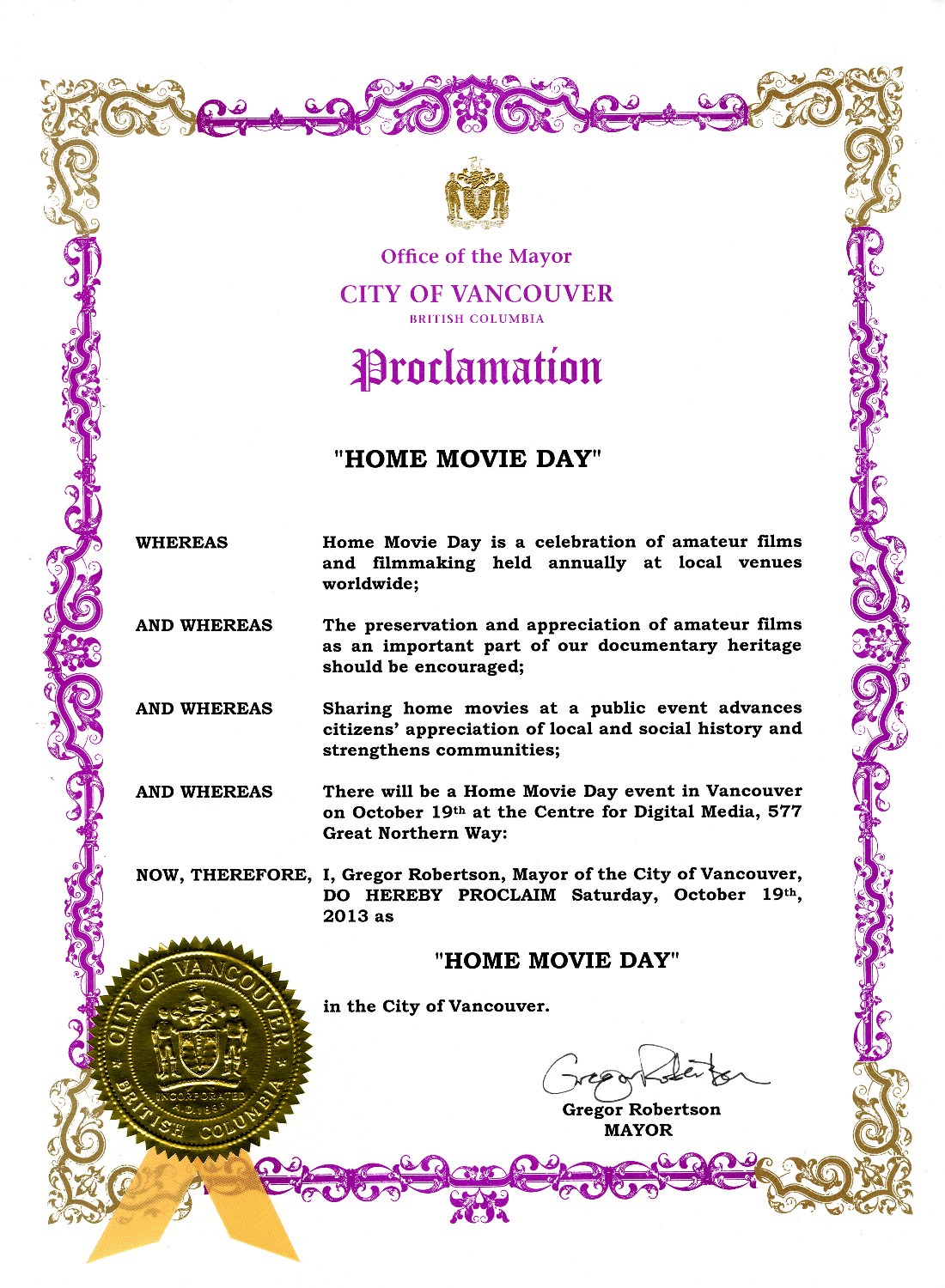From the August, 1944 WQXR Program Guide:
The Conductor of the Indianapolis Symphony Orchestra tells in this article how music appreciation is spread through the use of records. Though Russian by birth, he has done much to advance the cause of American composers during his years of conducting orchestras in the United States and Europe. This month New York welcomes him as guest conductor at the Stadium Concerts.
The primary function of all musical recording is a wider distribution of music than can be achieved by actual concerts, and the dissemination of music–as flawlessly performed as lies within the ability of the players–in a more or less permanent form.
Recordings, not only through their increasing popularity in American homes, but also through their extensive use for broadcasting, can do more than any other medium to introduce and popularize good music to the average American who has, so far, known too little about its entertainment value.
In my opinion, recordings cannot take the place of music played in concert halls. The human desire to see what is exactly going on, and to share the experience with others, is too compelling an instinct to be obliterated by mechanical discs on a mechanical machine. Records can certainly, by familiarizing people with music, make them more desirous of hearing it. And this stimulated desire will redound eventually to benefit the music presented in concert halls.
The high quality of modern recordings makes them fit representatives, in the home, of the great art of music. And their quality is the direct result of the artists’ realization of their permanence.
Every artist–whether he be a conductor at the head of a symphony orchestra or vocal or instrumental soloist–knows that on the quality of music he produces at the time of the recording depends much of his reputation, as far as that composition is concerned, for as long as that particular record exists.
Modern recordings far surpass the earlier discs which were released to the public with little attempt at analysis of imperfections in the master record. Some great artists who could not be perfect all the time, have recorded some mediocre performances (and their reputations have suffered therefrom) because the recordings were released without previous evaluation of their musical or mechanical merit.
In these days not only the artist, but also a large corps of musically trained listeners employed by the recording company, pass judgement on the master record before any impressions are made for sale. Personally, I have vetoed the release of several Indianapolis Symphony Orchestra recordings, even after they have been approved by the record company because I did not want certain imperfections associated permanently, on records, with my orchestra’s name and mine.
Because of this meticulous attention to detail, on the part of artist and company, the record-buying public is assured of excellence of performance when it buys music to take home. Frequently achievements are even higher than those of the concert hall.
He is an unwise man who, to the average person, stresses the cultural and educational value of good music above its entertainment value. People, being as they are, will run from anything they are told they “ought” to hear. The difficulty of good music in America today has been made steeper by the proponents of good music who use such words as “culture,” “education,” and “appreciation.” “Culture,” “education,” and “appreciation” are certainly worthy things and, undoubtedly, are transmitted to the person who listens to good music. But the average person will not listen unless he is first entertained. And to be entertained by good music, he has to be familiar with it. Recordings are making him familiar with good music; the benefits on the serious side accrue without any conscious effort on his part.
Recordings are not only representatives of music; they are also musical ambassadors. Much of the music of other lands is available only through recordings. Indianapolis Symphony Orchestra records show quantity sales in South America, Canada and the British Isles. Similarly Argentinian, Chilean, Canadian and British orchestra recordings show sales in our country. What is true for individual American orchestras must also be true for individual American artists, and for the artists of other countries.
Not only the classics, but also the native folk music of all lands, recorded “on the spot,” can be sent to all other lands. Music acceptable to a countries run-of-the-mill people expresses better than any other art the temper of the people. Familiarity with and understanding of a people’s music make familiarity with and understanding of the people: international good will through recorded music.
On the more practical, but really less important side, recordings are of monetary aid to the composer, artist and record company. Setting aside practical considerations without denying their importance, recordings have one principal function, which dwarfs all others: to put good music at the command of as many people as possible. And when a station like WQXR presents the best music on records, it brings entertainment to millions who might otherwise never know the joy of listening to it. All of which is to the greater glory of good music.
Maestro Sevitzky and the Indianapolis Symphony Orchestra
_____________________________________________






























 long experience I know that the concert public does not often care to pay its money to hear compositions performed for the first time. In order to give contemporary composers a chance, those who arrange the programs for a major symphony orchestra must see to it that if a new work is included on the program, it is balanced by one so popular that there will not be too precipitous a falling-off in sales at the box office. But, no matter how cleverly this is done, the number of new works which an orchestra can perform each year is severely limited. A radio station such as WQXR gives more programs in a day than we do in several weeks at Carnegie Hall. The listeners haven’t paid money for their seats. Perhaps most important of all, their attention is apt to be less strained than it is in the atmosphere of the concert hall. This means that a new work can ingratiate itself more easily. Audience fright is as real as stage fright and it is this which prevents many people from enjoying an unfamiliar work of music, particularly when it has been heralded as “modern” and “difficult.”
long experience I know that the concert public does not often care to pay its money to hear compositions performed for the first time. In order to give contemporary composers a chance, those who arrange the programs for a major symphony orchestra must see to it that if a new work is included on the program, it is balanced by one so popular that there will not be too precipitous a falling-off in sales at the box office. But, no matter how cleverly this is done, the number of new works which an orchestra can perform each year is severely limited. A radio station such as WQXR gives more programs in a day than we do in several weeks at Carnegie Hall. The listeners haven’t paid money for their seats. Perhaps most important of all, their attention is apt to be less strained than it is in the atmosphere of the concert hall. This means that a new work can ingratiate itself more easily. Audience fright is as real as stage fright and it is this which prevents many people from enjoying an unfamiliar work of music, particularly when it has been heralded as “modern” and “difficult.”